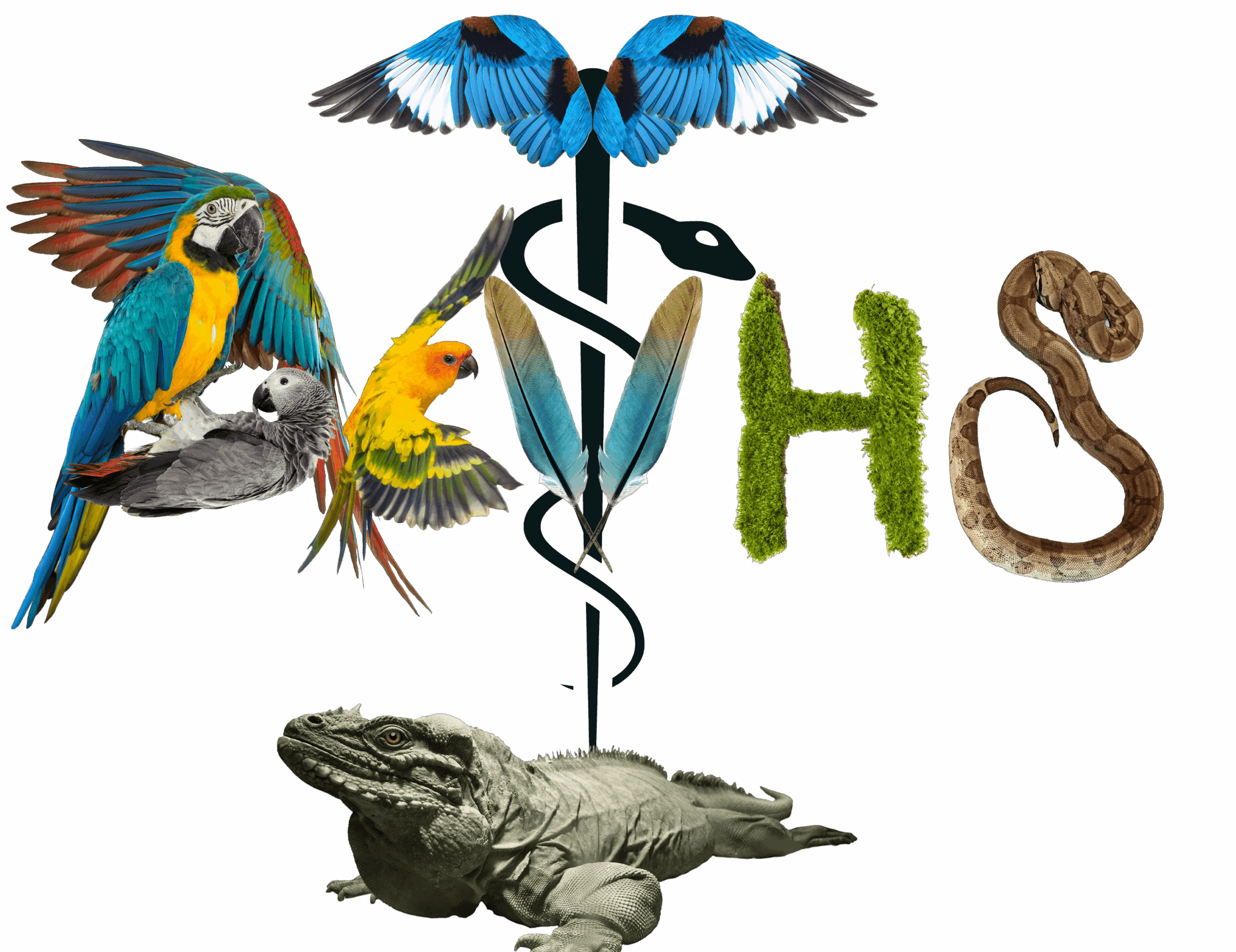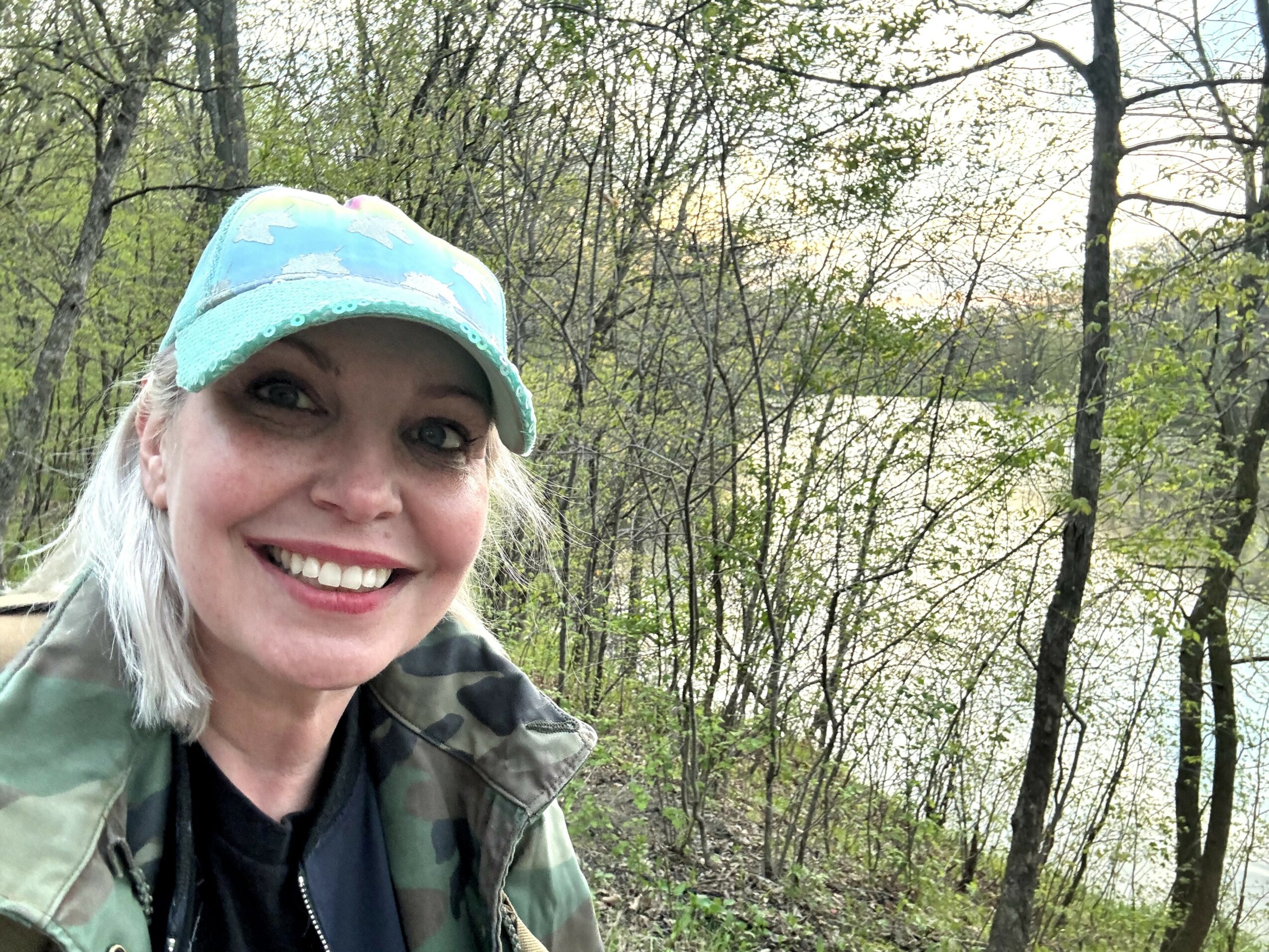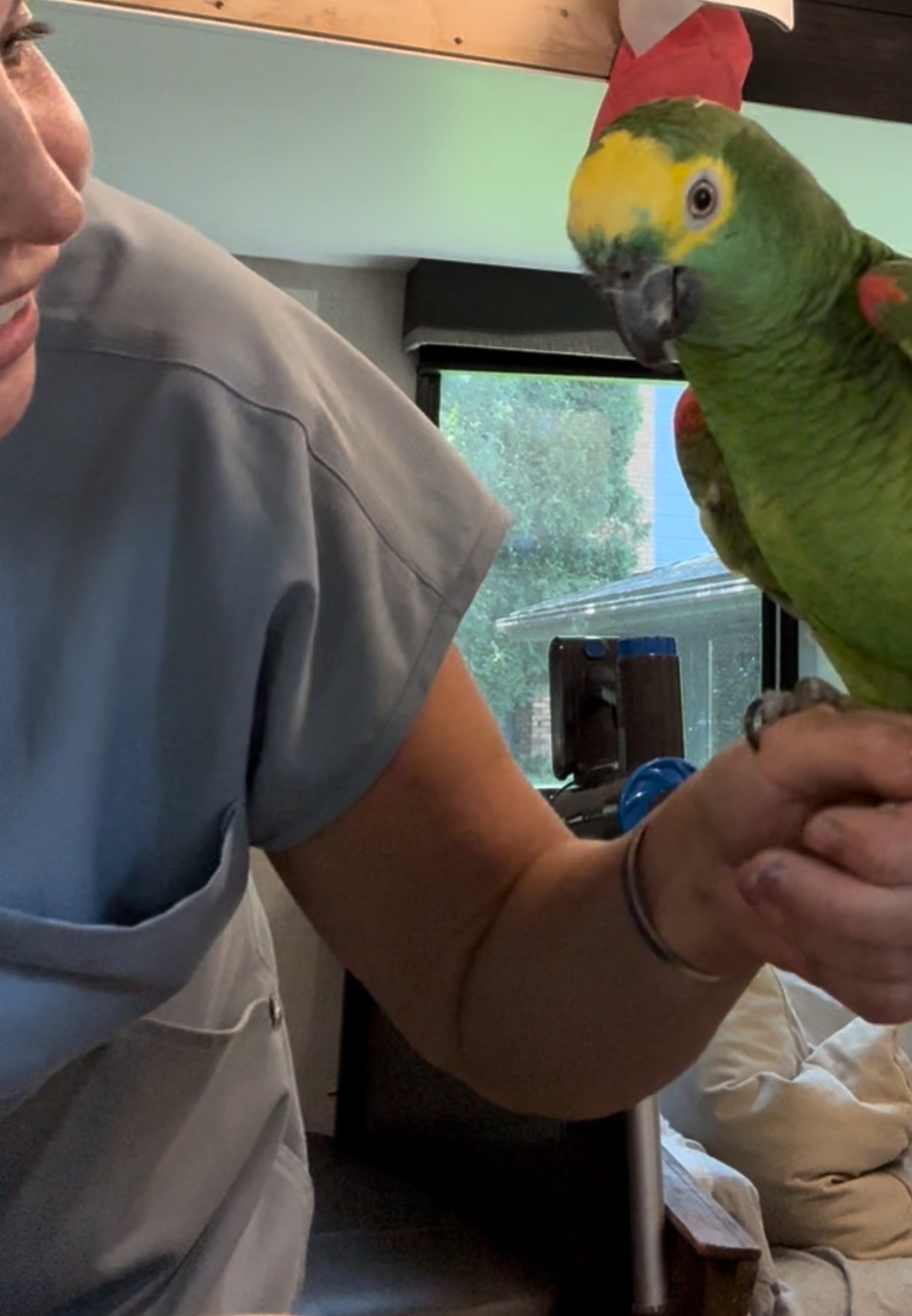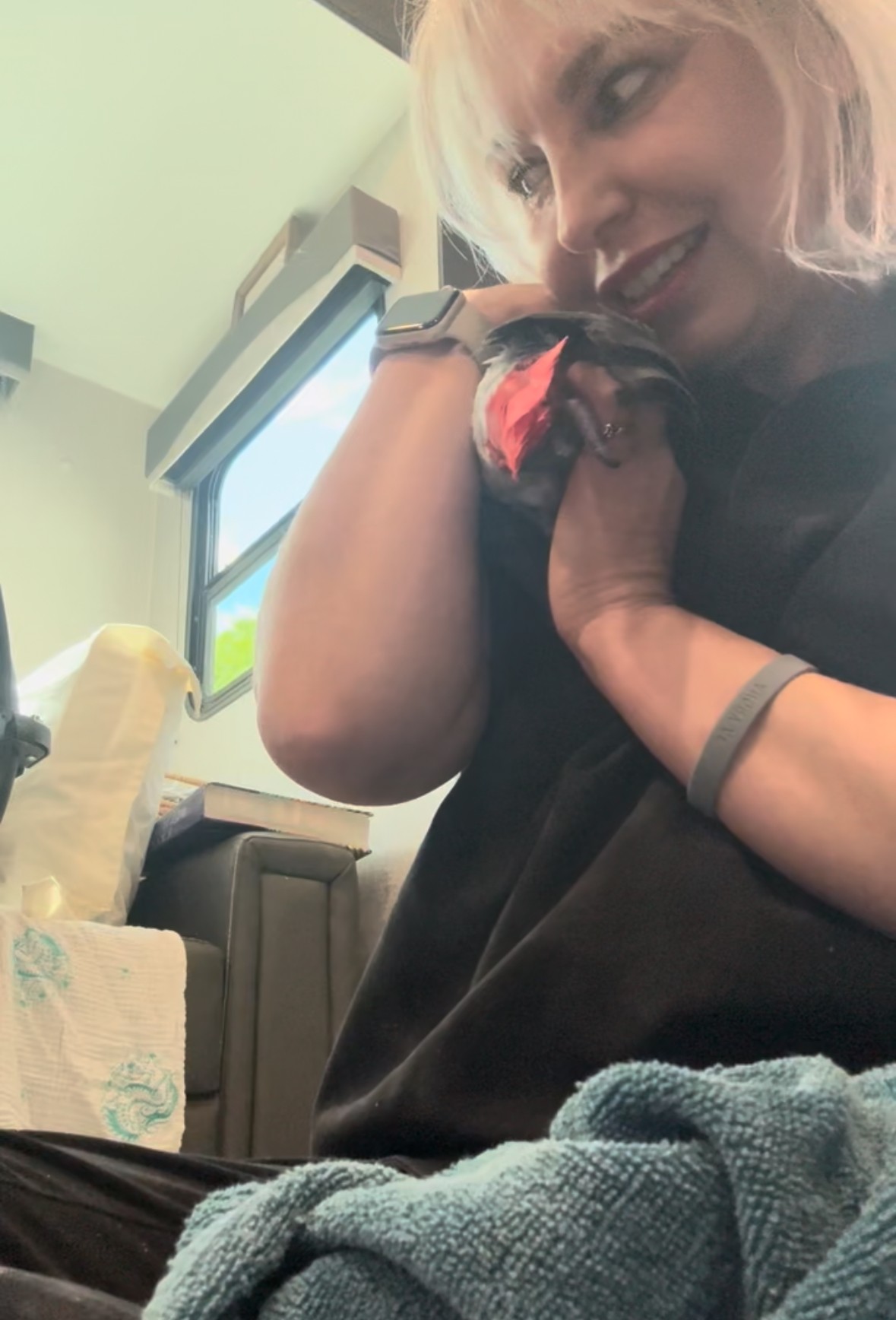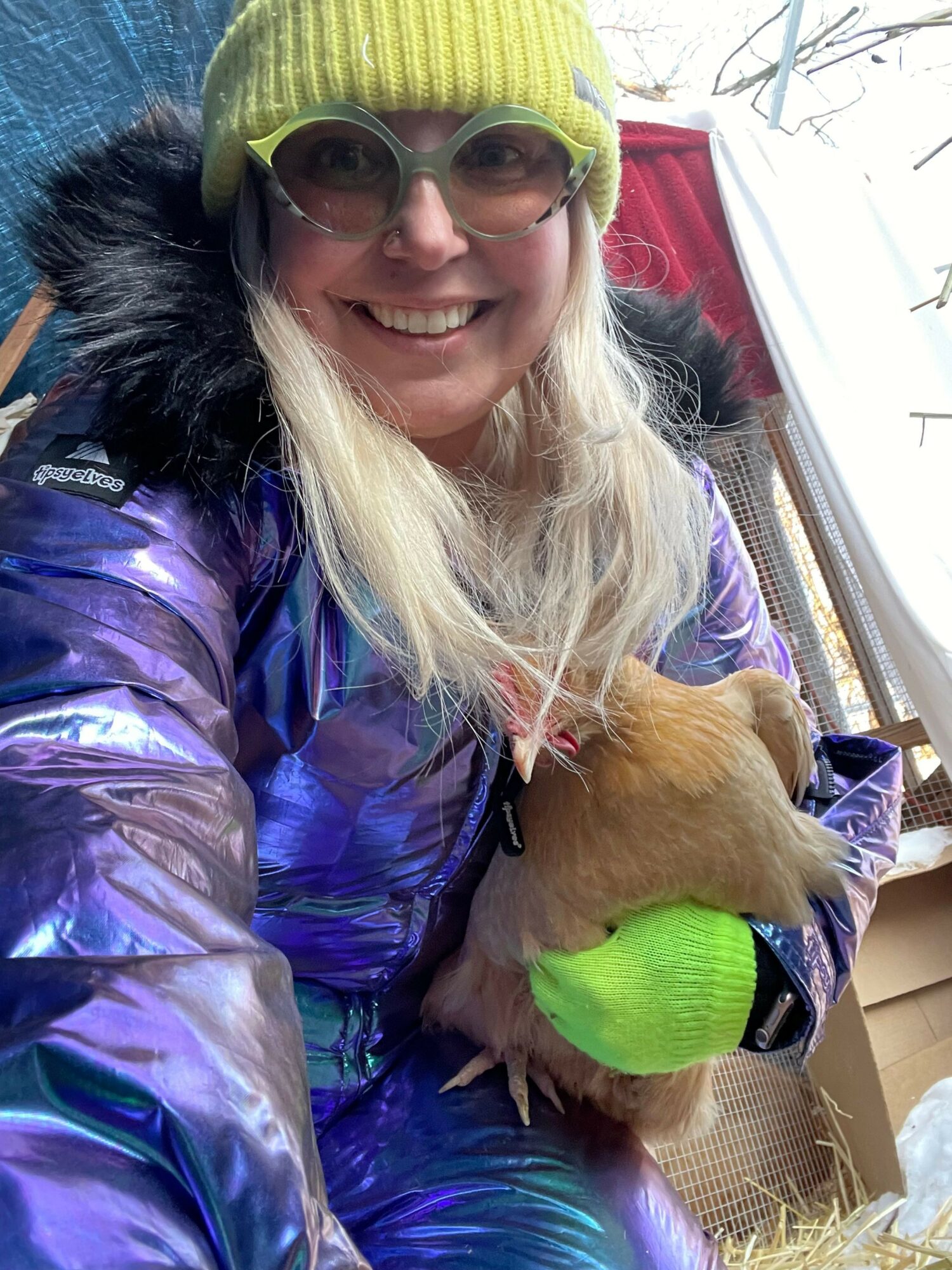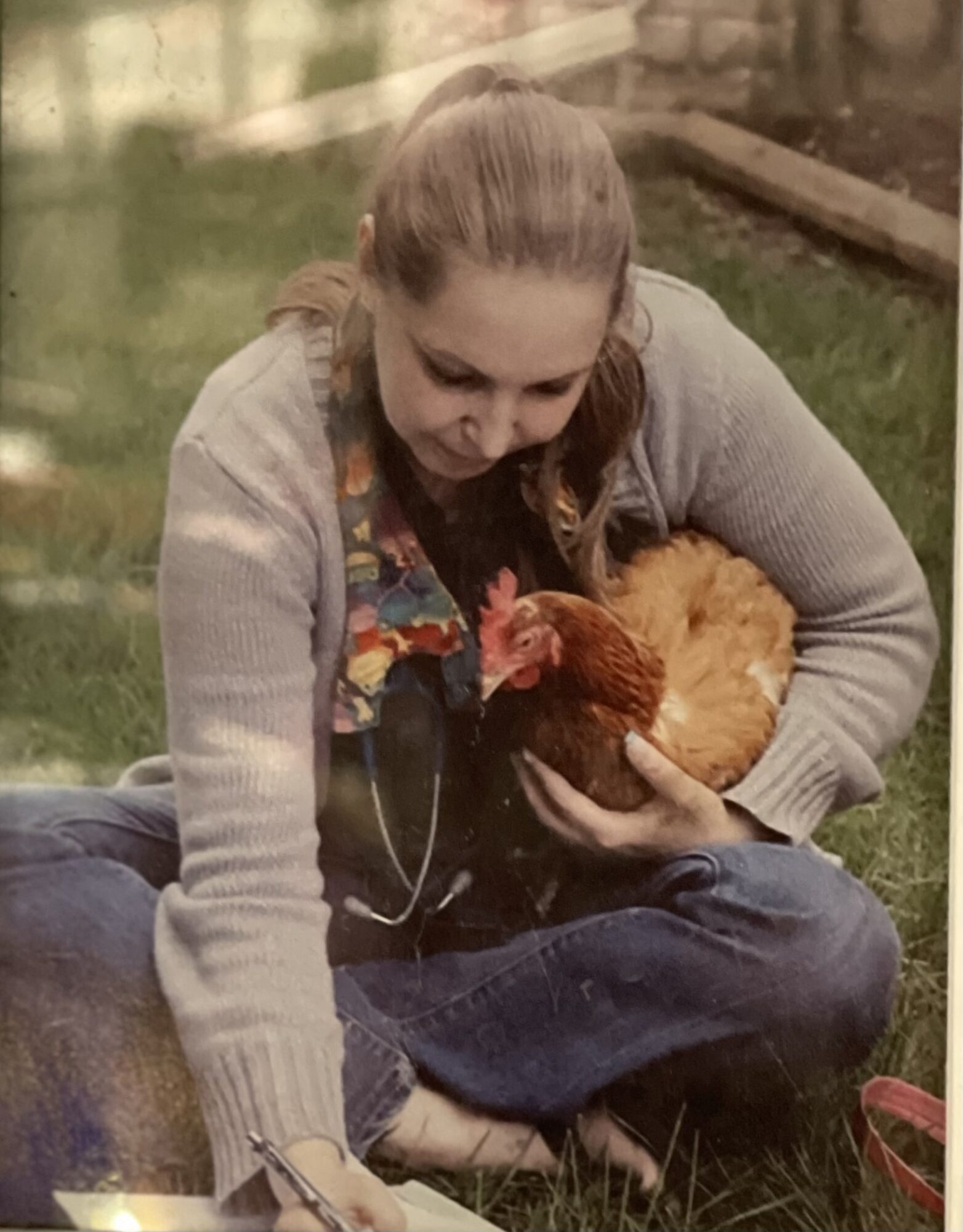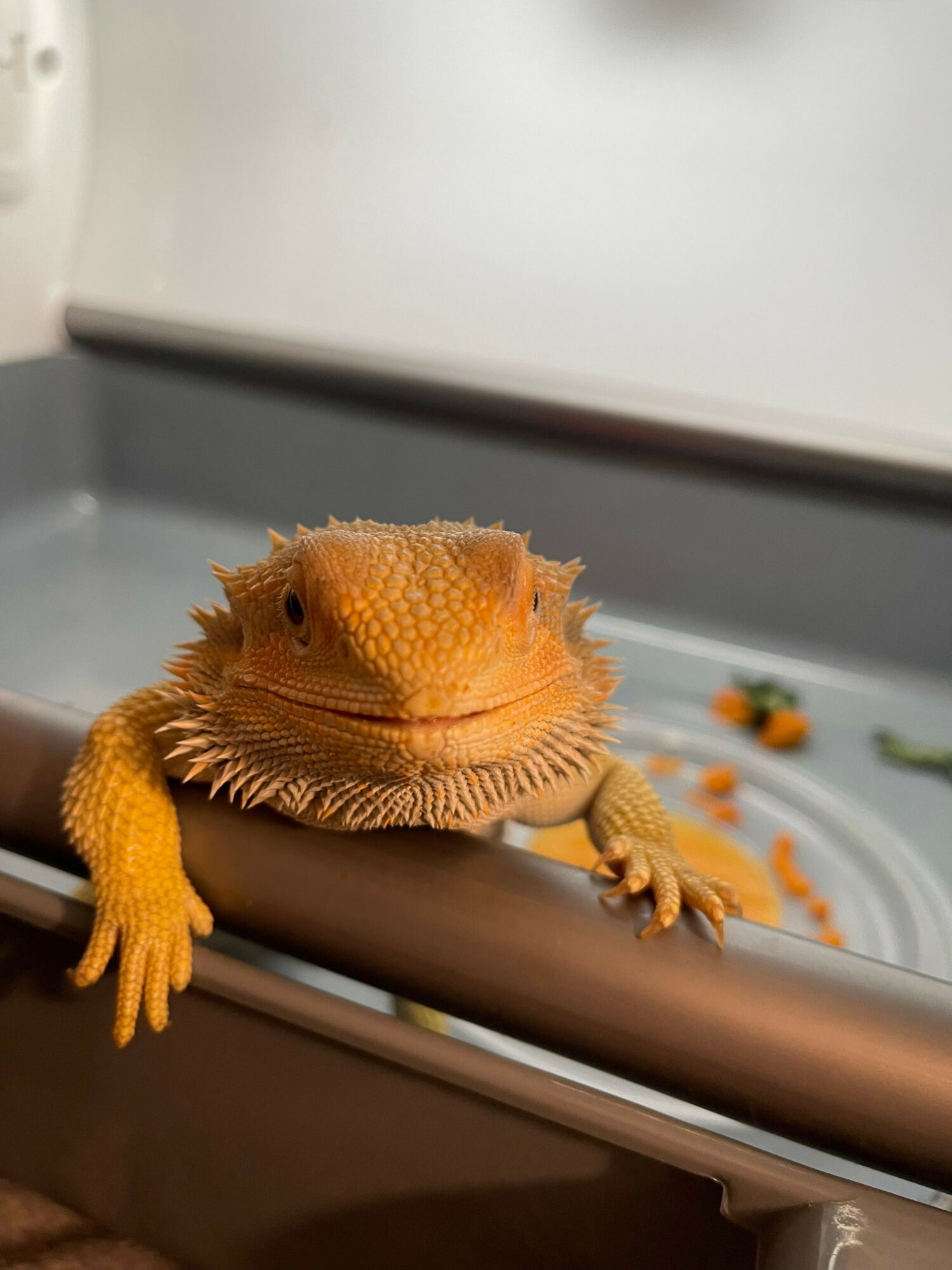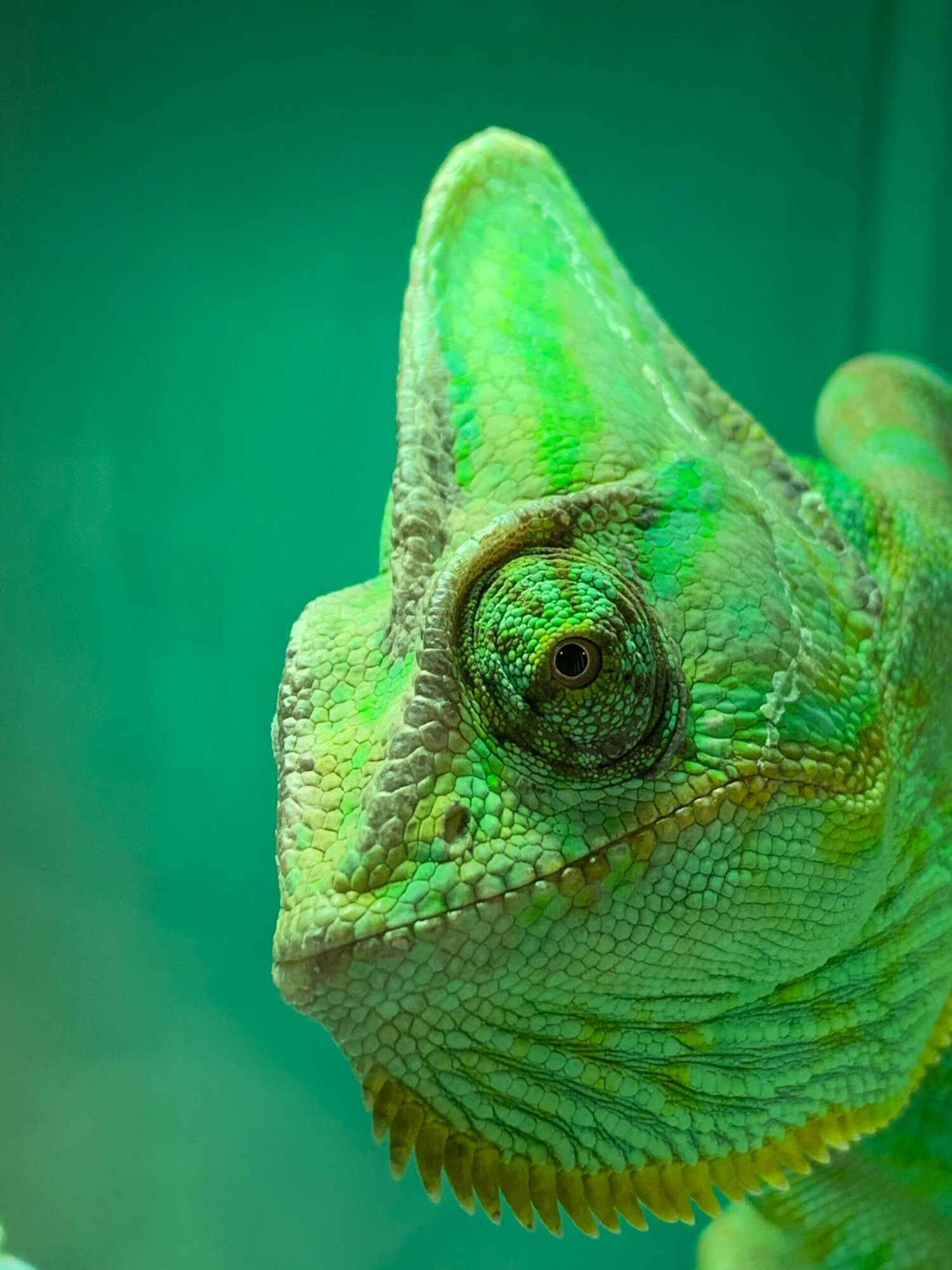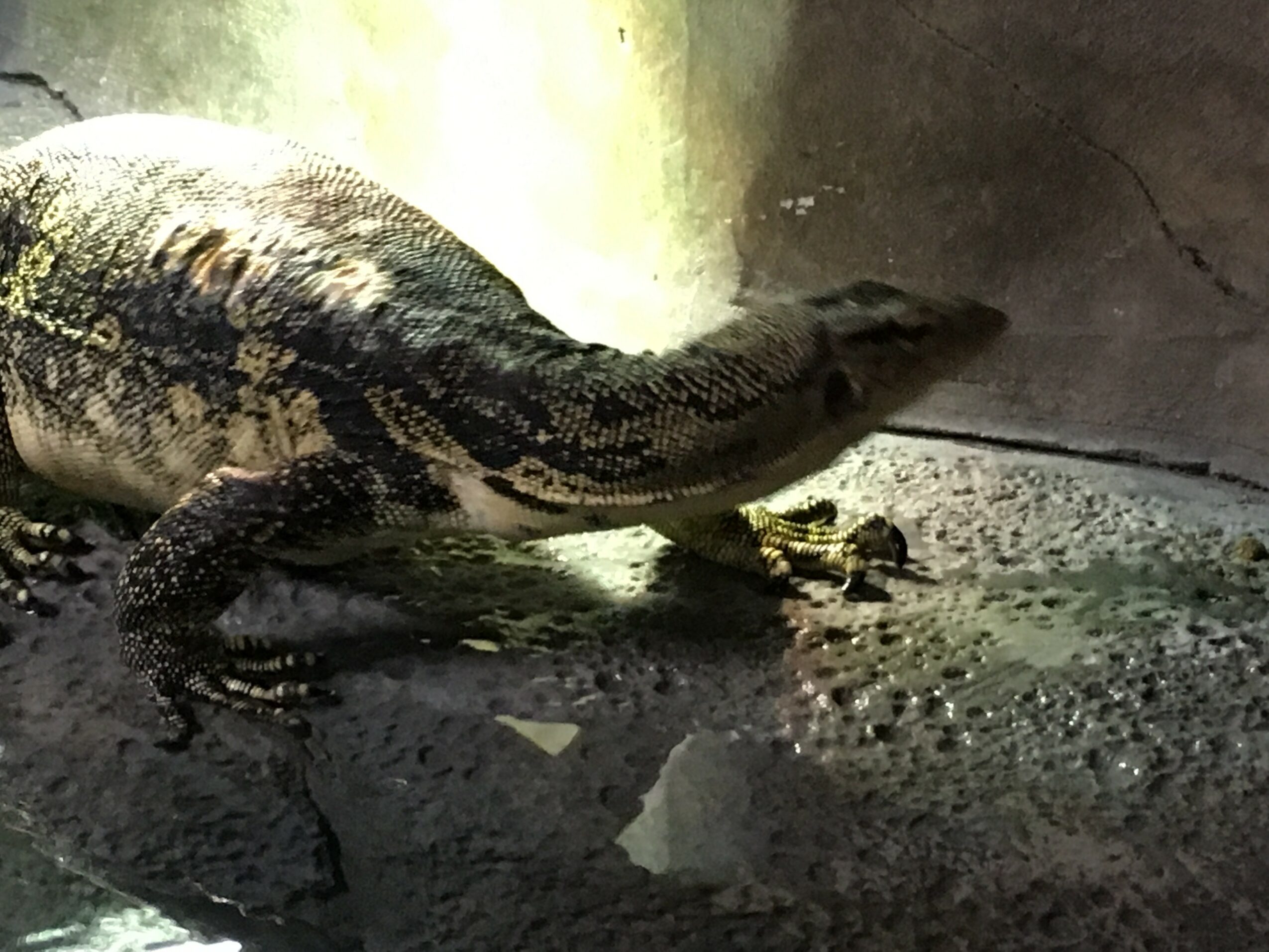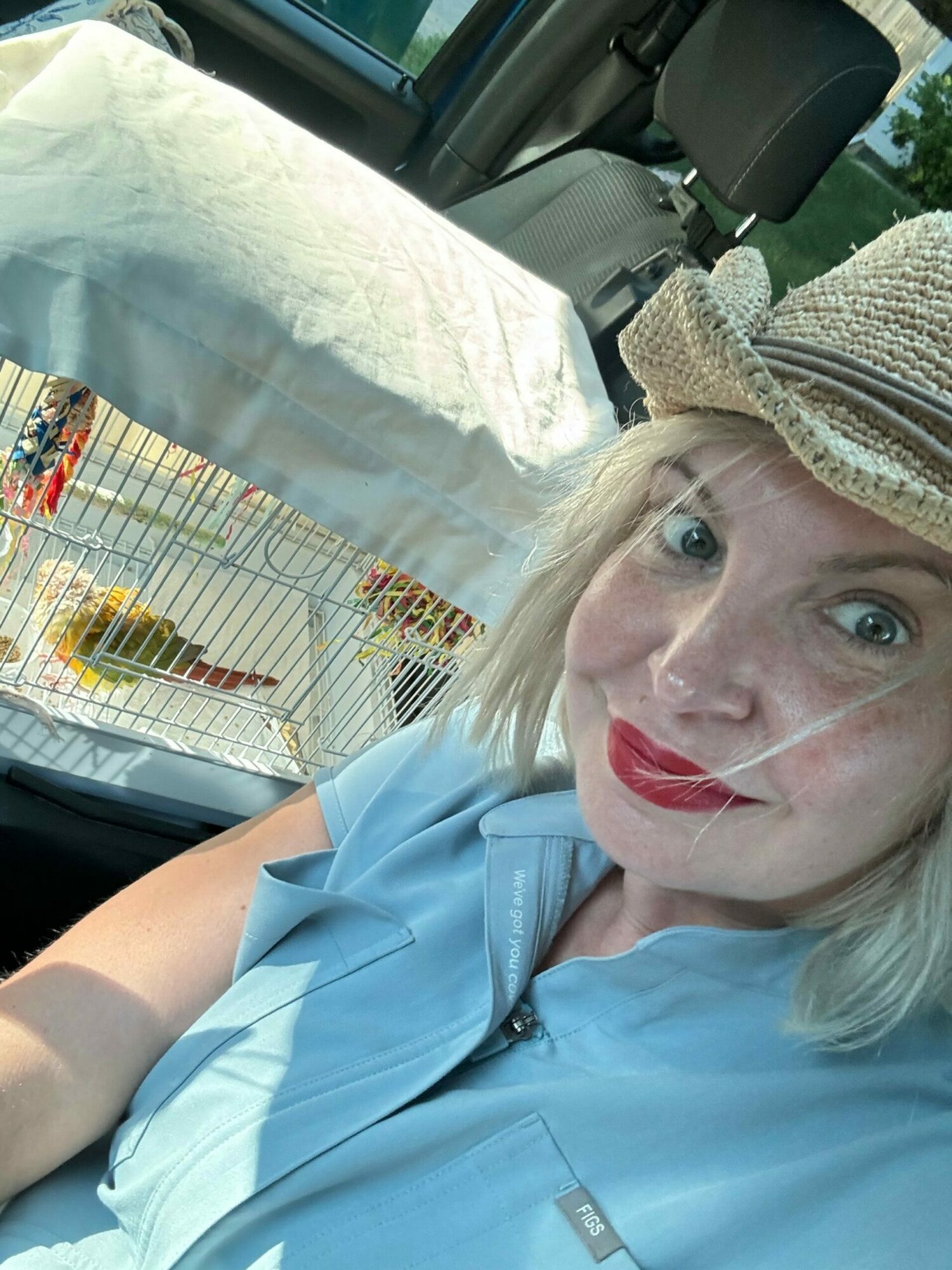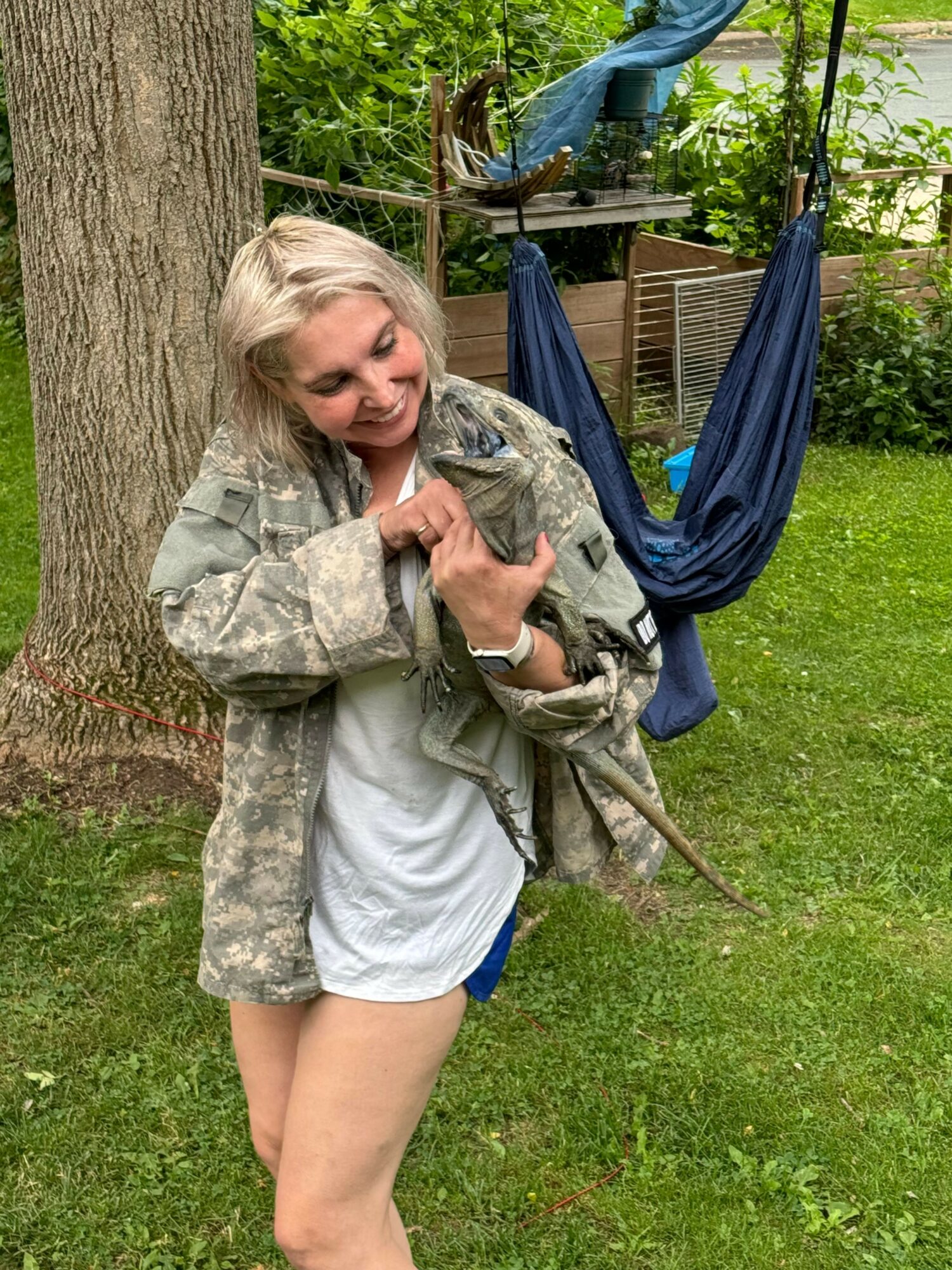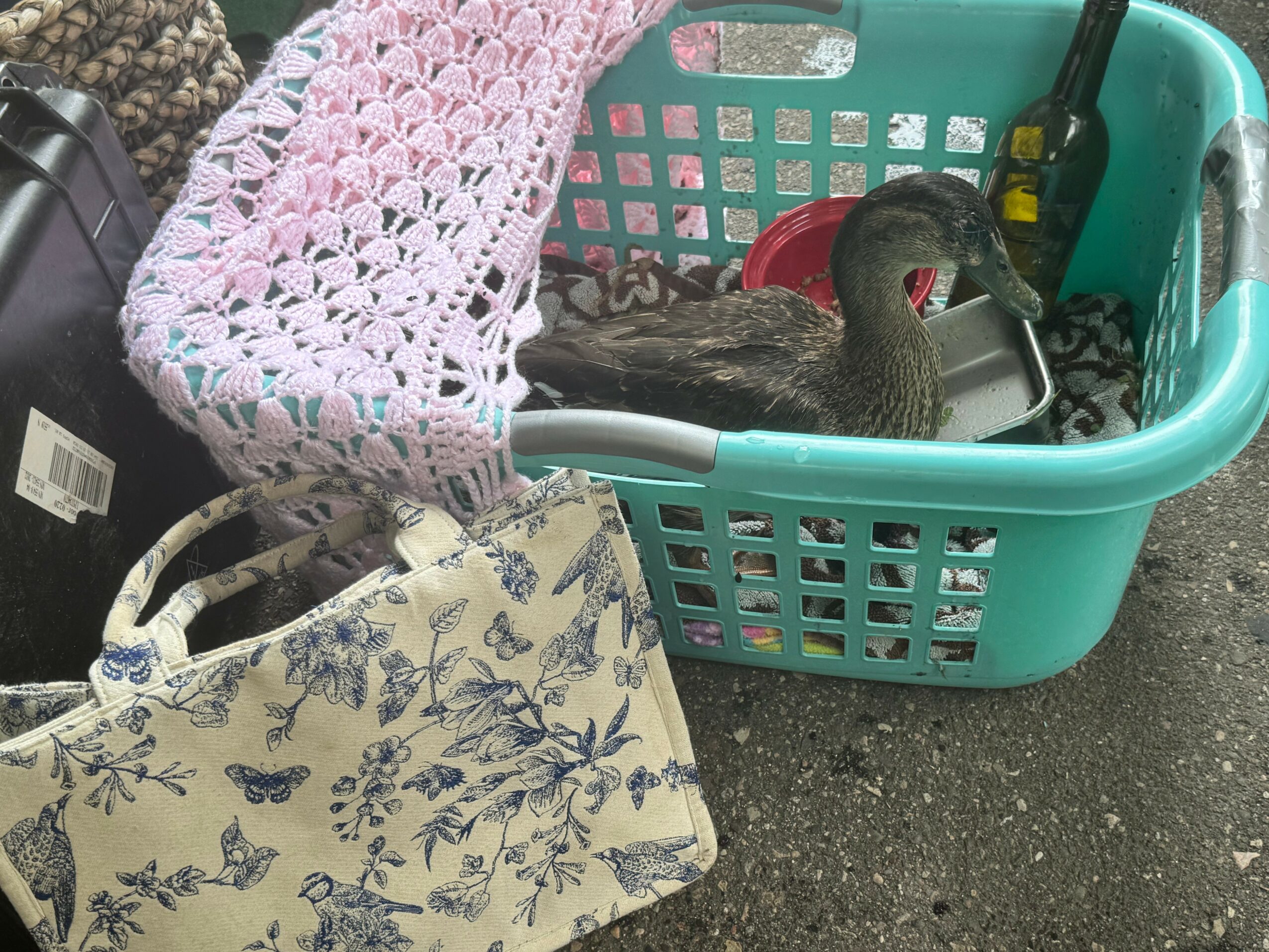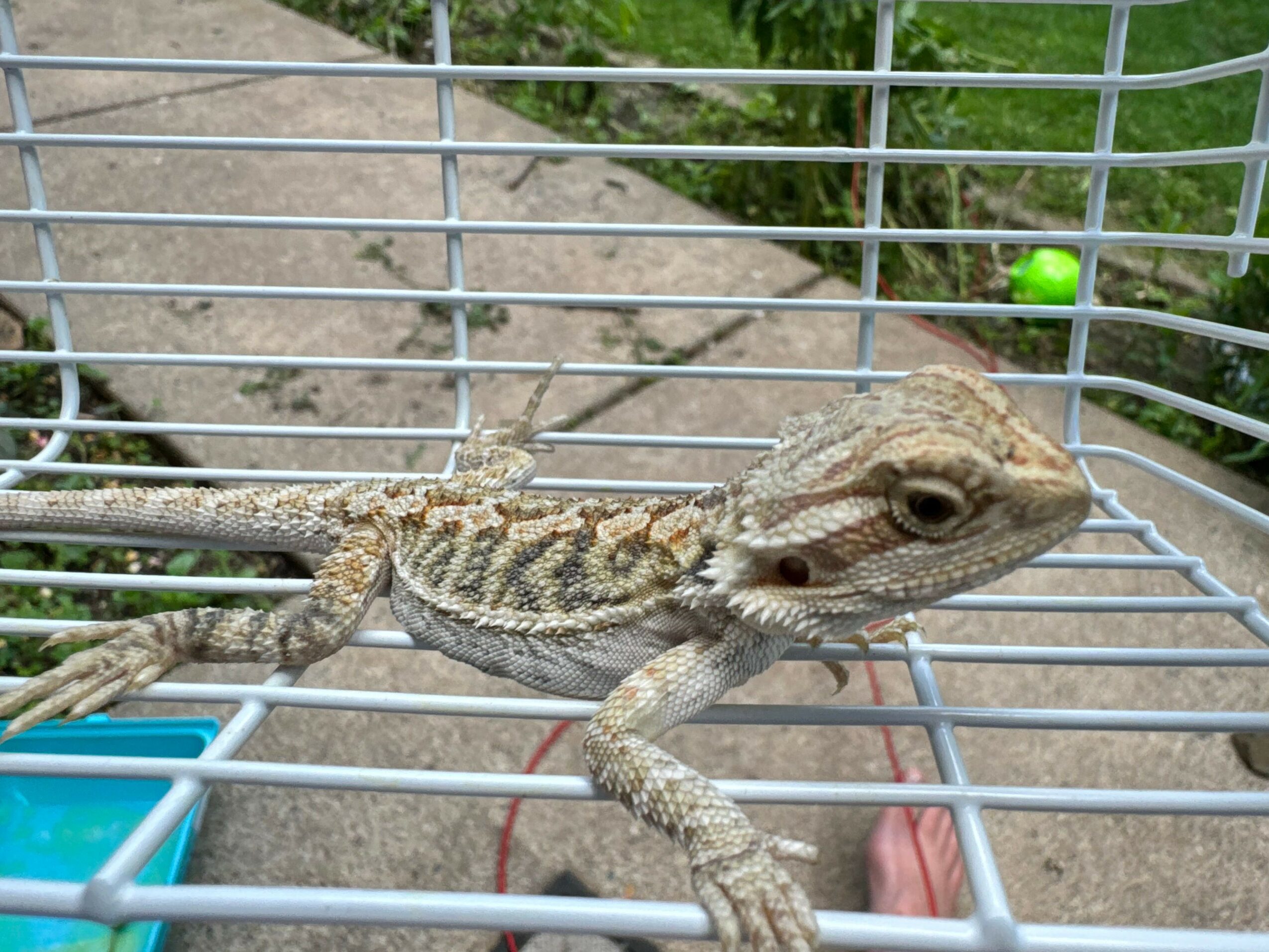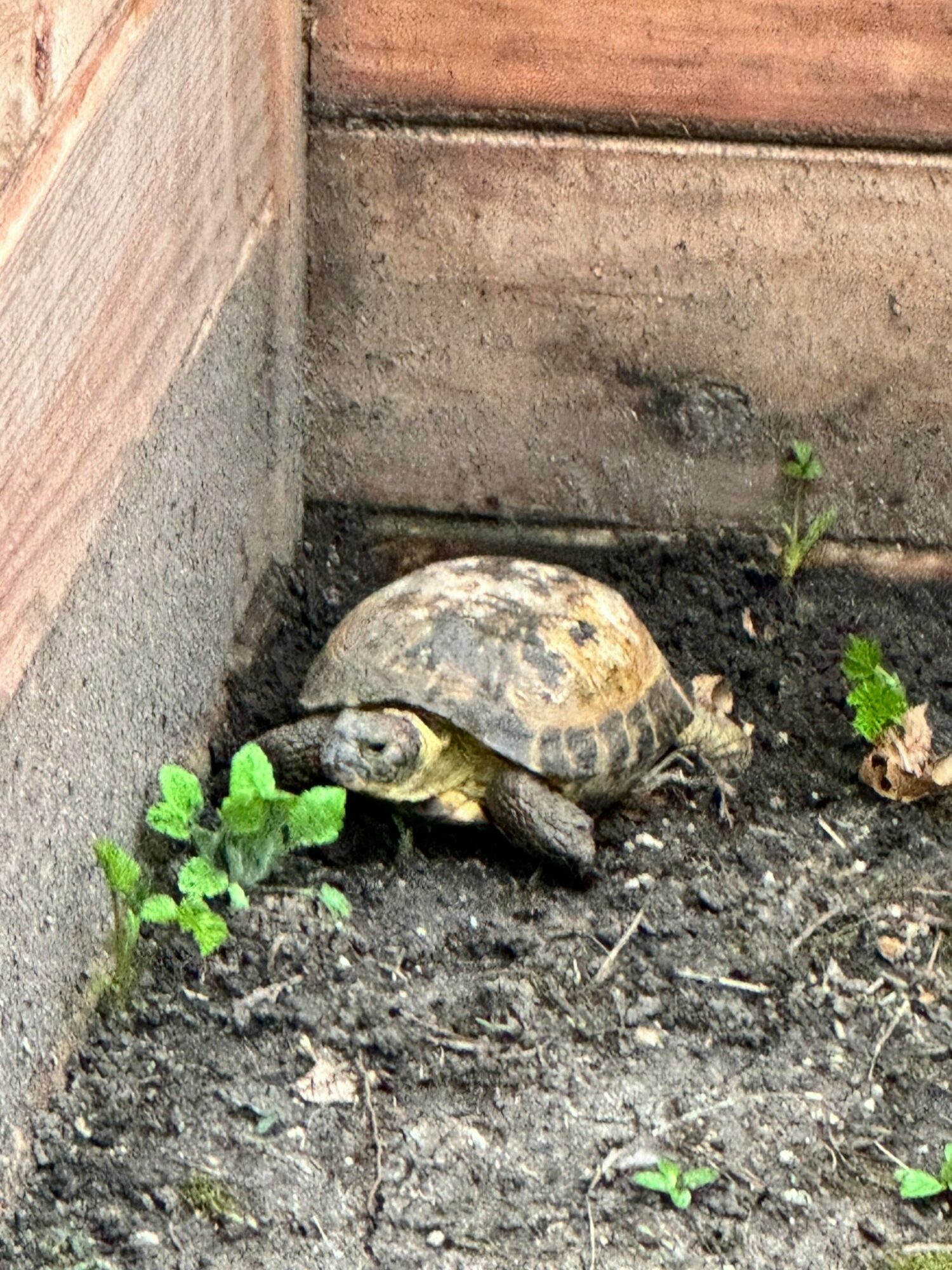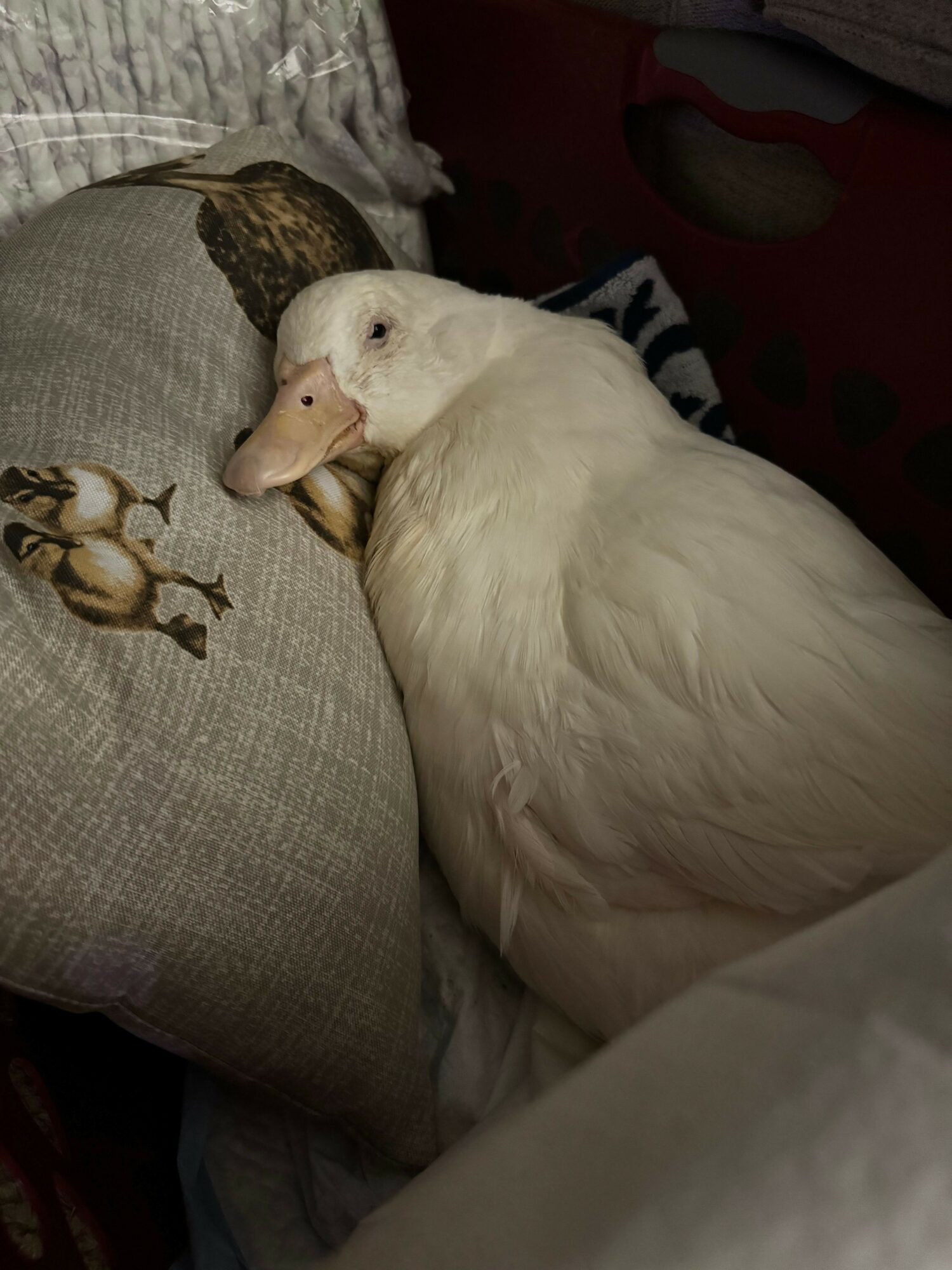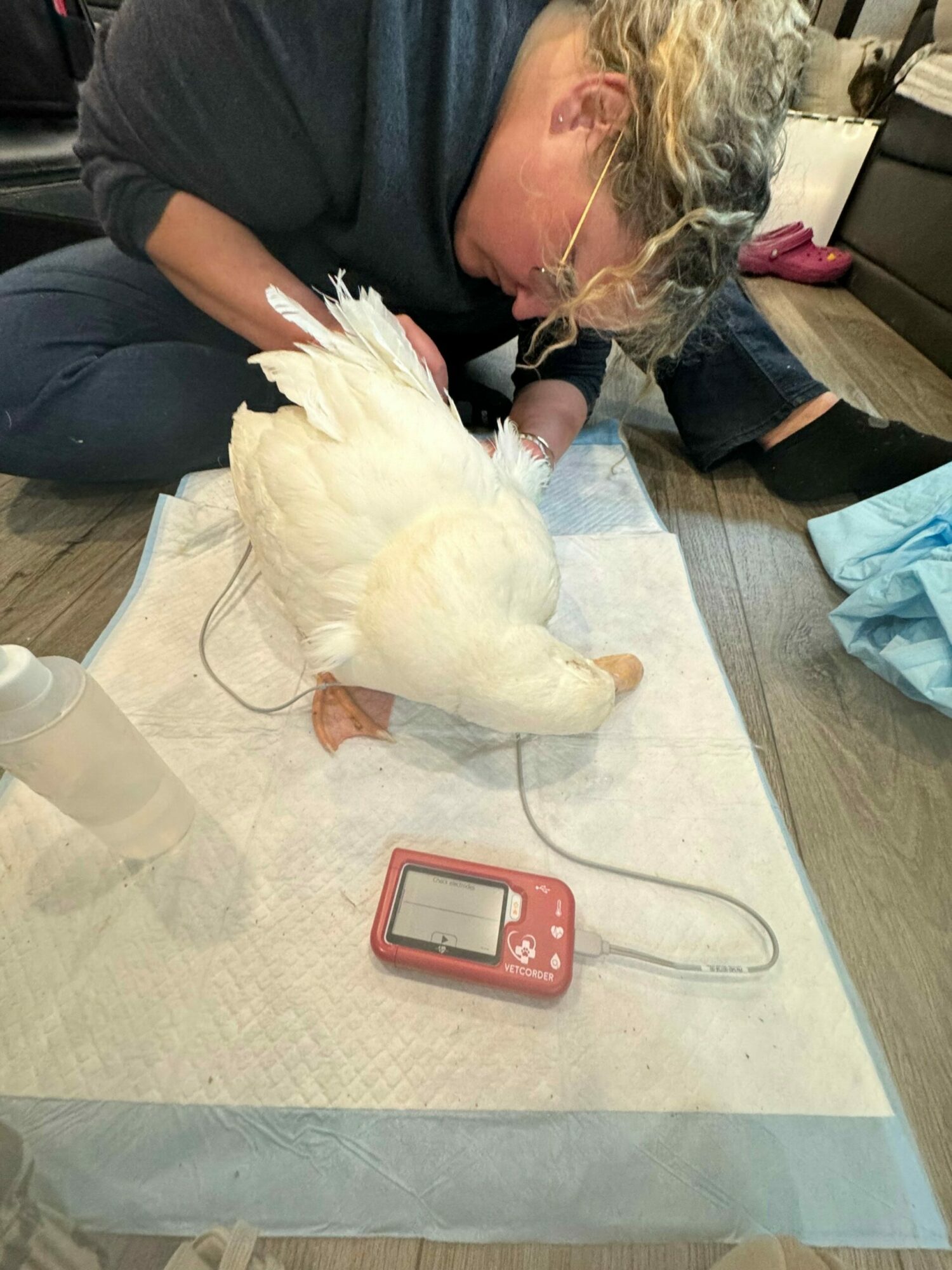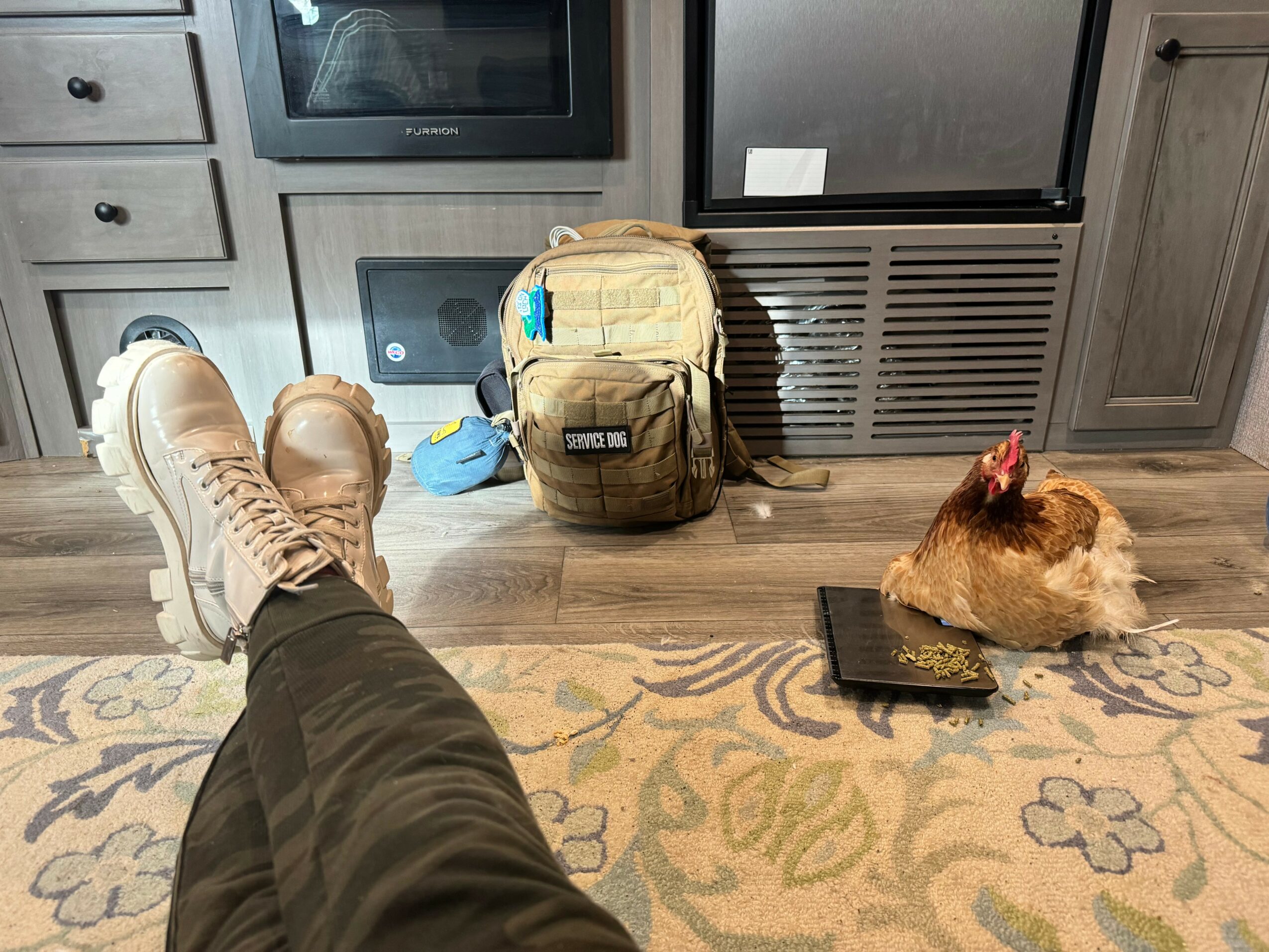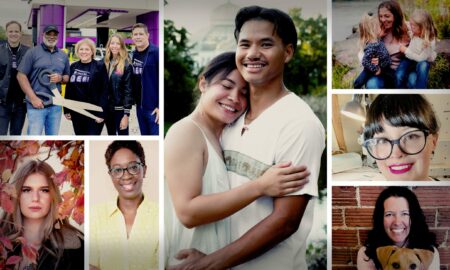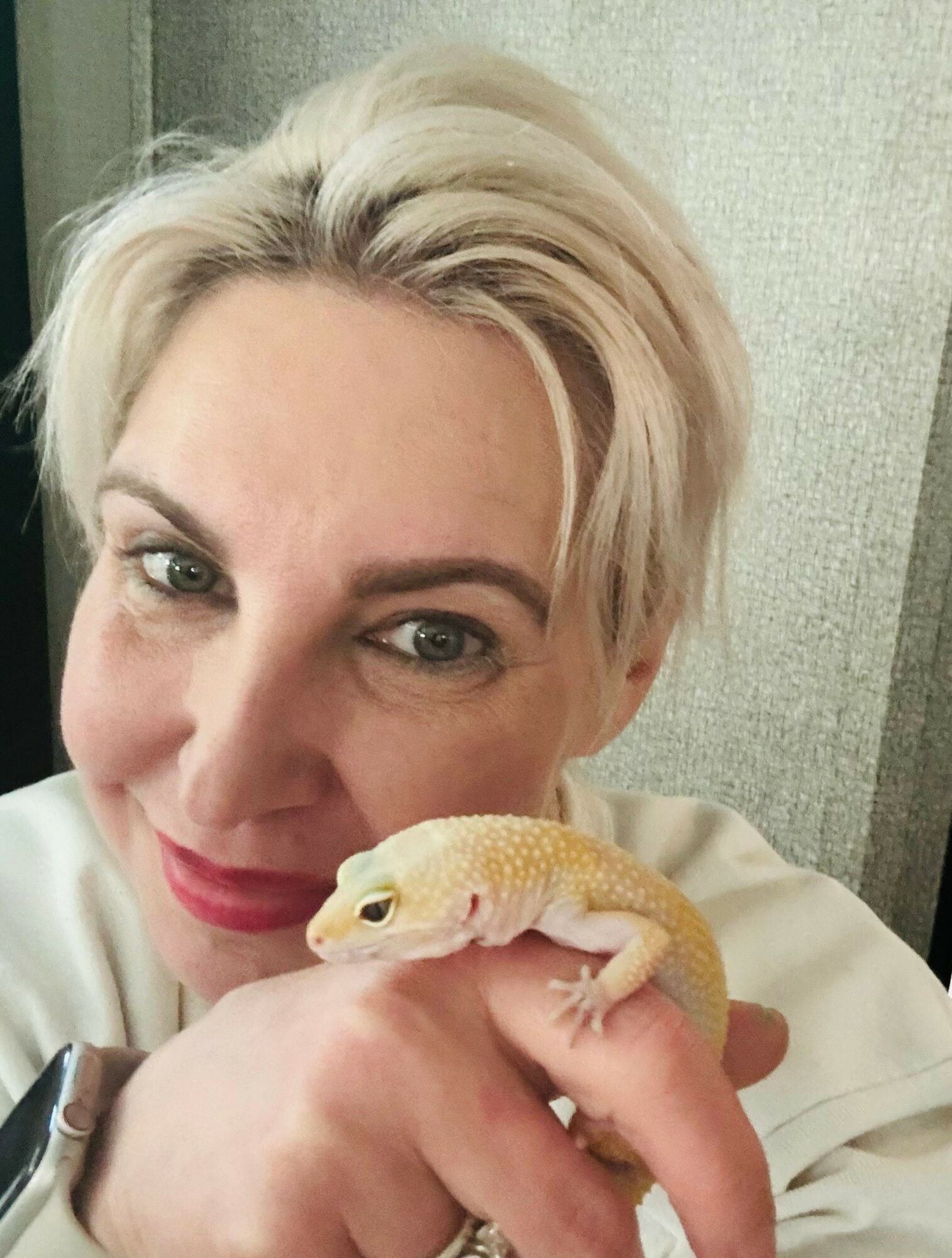

Today we’d like to introduce you to Jaime Nalezny, Dvm
Hi Jaime, it’s an honor to have you on the platform. Thanks for taking the time to share your story with us – to start maybe you can share some of your backstory with our readers?
Once upon a time, long long ago (in the late 1990’s) there was an English major who met an iguana. She was going to be a teacher. This experience, along with Steve Irwin and Sir David Attenborough, and Melissa Kaplan’s excitement and expertise for herptiles sent the naive student down a road that led to a very unusual career.
Occasionally we are struck with truths that something about the world just isn’t right. And nothing was really right for iguanas up to that point, really. Some good information was available from Melissa Kaplan, who wrote her thesis on keeping reptiles in the classroom. She educated this student more than anyone about these creatures at the time.
After electing that indeed an iguana is what her partner and she would decide to have as a pet, they drove into Minneapolis from Waite Park and purchased one of the most active and healthy looking hatchlings out of 5 in a 10 gallon aquarium.
(At this time, there were no rescues in MN to actually adopt from but the MN Herpetological society, and they were overwhelmed with iguanas.)
After bringing their friend home and setting them up in a rather large for their size habitat, created by a very through engineer with all sorts of automations, hidden compartments, and even some exterior finishing, and in an appropriate environment, including temperature, humidity, the little iguana without a name began to decine.
They called around looking for a reptile vet; surprised at how challenging it was to even find someone who saw them in MN, and finally found a vet that would see them. Not much was found, nor done to diagnose their friend and they were sent home with some topical treatments. The next day, they were still on the decline and a second vet’s opinion was sought. Again, the treatment seemed fine. Frustrated, they knew something else could be going on, and they called a 3rd vet. They saw the vet, who had their new charge for the day while the students went to school and work, and were informed by the end of the day that their new tiny friend didn’t make it, and the problem wasn’t diagnosed in time. They had ascending tail necrosis from overcrowding, fight wounds, crushing and anaerobic infection.
This event really gave the-future-vet-for-herps a motivation to provide a service that was necessary in MN for not just iguanas, but reptiles and amphibians in general.
She changed her major the next week to Biomedical Sciences and took the next year to (begin) and complete her more objective, scientific coursework. Working full time, attending both SCSU and UMN to finish her prerequisites in time to actually apply for admission, as well as driving daily back and forth from the UMN-TC campus to St. Cloud State University was a huge challenge.
This pre-y2k extravaganza had online vet school applications, and she had to also take and pass the GRE. Just for fun, she took the GRE a second time. Unbelievably she scored highest in her weakest areas- all math and science. Impossible she thought. With the support of her partner, she studied harder and more so she could say at least she gave it everything.
It was all she could do. The application fees north of $1k were not really more than a once in a lifetime application/investment for a student working and paying her way through college.
After interviewing at Washington State, Oregon State, and UMN, she received 2 declines and one acceptance letter! It was a dream come true.
It was difficult being the one in her class in the back row that had 4 years of school learning about species she would likely never treat. She reformed the school’s ZEAW club to have 4 different presidents, one for Avian, one for Zoo, one for Wildlife and one for Reptile- and of course, she was so excited to teach others about herps! Once a month, she would bring vet students to the adoption surrender evening for the herp society, showed other classes how to handle, how to sample, and how to care for many different kinds of reptiles. This was perfect- balancing her love to teach with her enthusiasm for reptiles. She couldn’t get enough of information regarding the “special” or “unusual” creatures she would treat. She was always reading the journals AAV, ARAV and AEMV. (Assoc of Avian Vets/Assoc. of Reptile & Amphibian Vets, and Assoc. of Exotic Mammal Veterinarians.) In her first year of vet school, 2001, she heard about a parrot rescue in need of volunteers. She then joined Midwest Adoption & Rescue Services, and slowly worked her way from the “small bird” areas to the “large bird areas” to helping with veterinary care, testing, and quarantine protocols. Later she would form an Iguana nonprofit as the surrendered iguanas in MN were being euthanized for lack of space, care and reptile rescue organizations.
Shortly after she graduated from school, she joined the MAARS board as the veterinary director and took cases when their regular DVM was unavailable. She served for 15 years, and resigned as she needed to focus all of her extra time into beginning to organize a veterinary non-profit that served the underserved “little birds” which included all of the veterinary community.
From 2005-2006, only a few opportunities touted a 25% or more caseload of exotics. It wasn’t in Minnesota that she found herself working, but in one of the most beautiful places on the planet- Bayfield County, Wisconsin. At first, there seemed to be few opportunities for exotics. These became fewer and fewer, despite Dr. Pajak coming in on days off to see any exotics, and worked her own emergencies. Despite all the education she gave to the community, the idea of a vet for reptiles was pretty out there for many. She spent a lot of time on the phone educating folks on husbandry, began writing care sheets and notes that have become an evolving database of exotic animal information.
So, about 18 months into her first job, she jumped at the chance to chase more experience. It was abosolutely still her goal to become the best exotics vet she could possibly be. Her career has been a hodge podge of serendipitous job recruitments, and the Texas experiment was no exception. Her experience with exotics, and her ethics finally mattered. She agreed to a four month contract.
While it was an immersive learning experience, this was still not the best fit. Dr. Nalezny enjoyed working with many iguanas, some tortoises, a few birds she had actually worked with in MN, chickens, roosters, emus, Texas wildlife and farmed canned hunting and petting zoo hoofstock, goats, a mule, birds of all familes, primates, feral pigs, marsupials, exotic carnivores, and the expected companion small animals.
After this experience, she applied to become a veterinarian at the Wildlife Rehab Center in Roseville, where she continued to improve her avian skills, surgical skills and became an expert at McGyvering-MASH medicine. Helping as many animals as she could, without the interference of money and human psychology was such a delightful and fulfilling experience, and this is when the imagining began for a non-profit exotic animal facility to teach future veterinarians and serve the public.
This became her next dream when it became apparent after her first few months that there was a huge need for dumped hatching project ducks, racing pigeons, and a lot of parrots, reptiles, herps that were all non-native captive wildlife or domestically bred “farm animals.” The calls would come in weekly.
There were a few members on staff that would assist when they could, but overall it was impossible to place so many domestic animals.
As Dr. Pajak became the person on staff that was changing things for herp husbandry, modifying enclosures, treatments, and overall practices, it was suggested to her that maybe, just maybe, she should consider seeing these creatures as a side business.
So, she began. She started a housecall practice limited to birds and exotics, now in it’s 13th year. It hasn’t been easy, but she dedicated many years to educating the public, other students, and has persisted though the pandemic- by being as adaptable to constraints as her resilent patients, modifying her practice significantly to provide curbside in vehicle calls, outdoor distancing calls, in RV clinic video visits, telemedicine to current clients and finally adding in a satelite clinic. The pandemic was difficult for everyone, and during that time, there was only one option- to increase safe options for her clients, herself, her family, her staff, and the general public.
From late 2023- spring 2024, Dr. Jaime reduced her practice hours and took a sabbatical to best understand the underlying causes of the alarming rate of death by suicide in her profession. This became more apparent as the pandemic continued, practice staffing was always short, and many in her community were practically bound to the profession forever outside of the financially stable/supported few.
Resources were low, people had very little money and the doctor began to take in probono cases. This was rampant across our caretaking field. Another stress to an already broken and now predominantly corporate profession.
After her recent sabattical, she has been analyzing for herself as well as her colleagues to look at what worked and what didn’t as a working-mother-full-time-vet-during-pandemic-times. For all, unplugging, being cared for by others, accepting love and care from others, and immersing our overworked minds in the solitude of nature are commonly helpful. There is so much more to discover, and her organization has offered a few respites and online sessions of art therapy.
The sabbatical that Dr. Jaime never planned helped her find more peace, a clearer purpose, and some of the best support staff a veterinarian could find. Dr. Nalezny (fka Pajak), true to character took this time to develop a skill set to help the heroic veterinary community CTFO, and most importantly remember that they are also so very worthy of love and care.
She would be happy to host you on an adventure- from RVing to boating, spa meditations to being alone together, or blowing off steam in a peer group roundwinetable, offering new veterinary experiences with her favorite species, and swapping crazy veterinary stories.
She now spends time birding, hiking, camping, RVing, boating, writing, and gardening. It has been a long journey to get here, and there is so much more work to be done. Educating the public about this real public health crisis in veterinary medicine is not enough, and often those in caregiving positions forget to care for themselves, or just don’t frankly have the time.
Dr. J’s vision is to create a retreat for burnt out veterinary community members to connect, consider new aspects or careers in veterinary medicine, remember why they went to school, and to make connections with peers. She believes that caring for our profession’s front line begins in vet school. It’s important more DVMs receive at least a year of veterinary business education in her experience, as this foundation would prevent a lot of stress, burnout and she believes death by suicide. Even changing a veterinary externship to a 1/2 vacation 1/2 educational rotation, we instill a sense of responsibility and community within our fledgling DVMs.
Veterinary medicine is a team sport. Sometimes there are injuries, sometimes those injuries are quite hidden. Just like all the exotics and “little birds” Dr. Jaime sees, sometimes our most pained and broken patients have hidden their deep pain, ptsd, and compassion fatigue too long; leading to heartwrenching, irreversible loss, mental duress, PTSD, severe anxiety and chronic issues. After working with some remarkable psychiatric service dogs, Dr. Jaime decided she would give training a dog for this may be another useful tool. Gina Vigilance has been with Dr. Jaime training for just over a year. She came up from TN due to overcrowding, lived her first 13 tender weeks in a kennel and is one of the most intelligent dogs she has had the pleasure to work with. Dr. Jaime hopes to have more future success with training dogs specifically to support the workers in this honorable field.
There is hope, she thinks, via internships, business mentorship, peer support, and escape to the quiet of nature for those who are struggling. She strongly believes the financial struggle that this career sets us up for right out of school (well, a year after graduation) is one of the largest burdens the community faces. In the future, she hopes that there will be more scholarship opportunities for the changemakers, researchers and hustlers. With enough fundraising, she is certain that MN will someday have a free-to-the public teaching hospital in MN dedicated to educating future avian, herptile, fish and aquatic veterinarians.
Would you say it’s been a smooth road, and if not what are some of the biggest challenges you’ve faced along the way?
Not at all- lack of opportunity, funds, business experience, lack of support, isolation from peers, needing to be everything to everyone all the time, a therapist, a consoling friend, an educator, an advocate, and continue to offer an exceptional amount of compassion has not been easy.
Can you tell our readers more about what you do and what you think sets you apart from others?
See the about story-
Dr. Jaime is very very very persistent. She is a grinder, an innovator in both field and execution, and the only veterinarian in MN that has limited her practice to exotics exclusively.
She has seen several hundred species and continues to learn every single day about this incredible world and Kingdom Animalia. Not everyone can say that about their job.
Her greatest pride is that she has persisted, adapted, survived and continues to fight for all the little birds in the world.
We all have a different way of looking at and defining success. How do you define success?
Success is overcoming obstacles to achieve your vision. Success is improving every day. Success is being true to yourself, and giving yourself grace. Success is creating boundaries, protecting yourself, and knowing yourself. Success is continuing to help creatures, connecting with future animal lovers, and sharing her enthusiasm for all that life has to offer.
Success is a work in progress, and only comes from a thousand learned lessons from hundreds of failure.
Persistence, action, practice, education, innovation, grit, resilience and self-care is all that is needed to find YOUR success.
Contact Info:
- Website: www.aevhs.com
- Instagram: jaimenalezny
- Facebook: https://facebook.com/AEVHS
- Other: https://Www.littlebirdco.org
